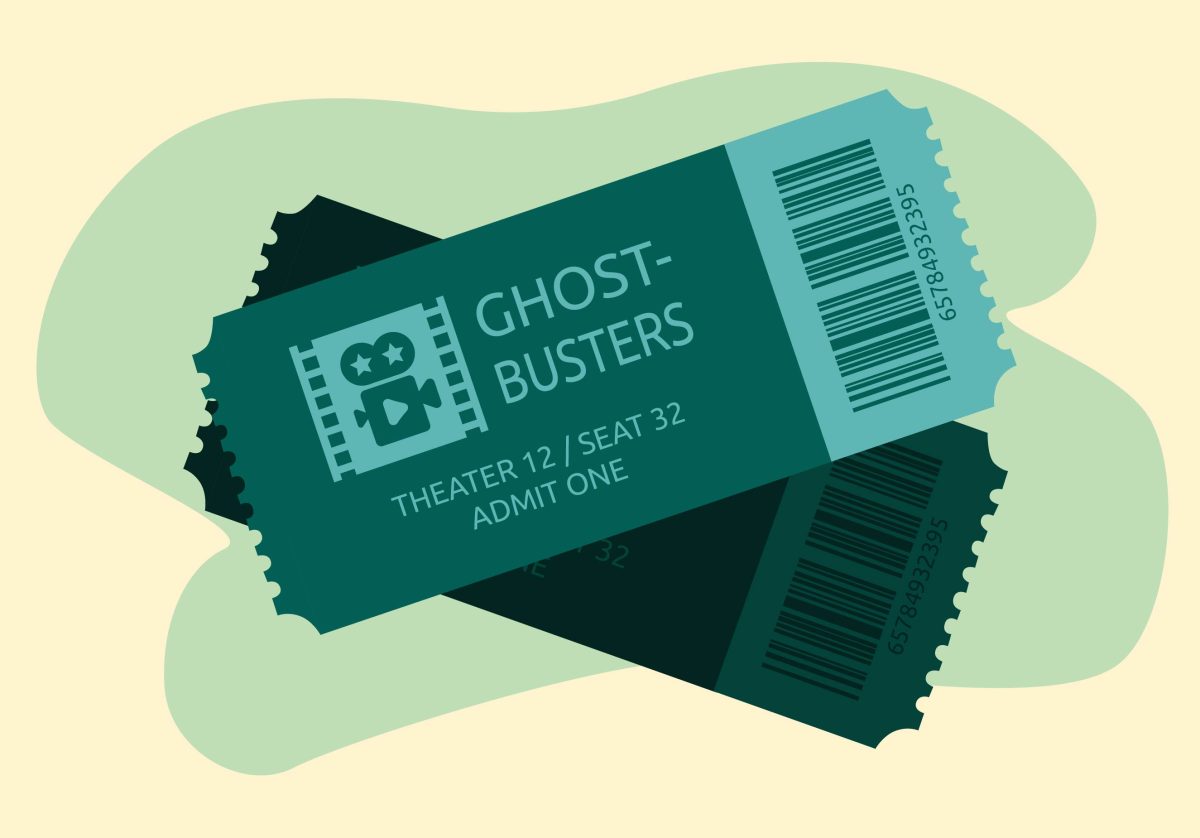Here’s a little story that must be told…”
So go the famous words of Rodney Cee, chilling on a Bronx stoop in the 1982 film “Wild Style,” one of hip-hop’s most revered artifacts.
And indeed, as hip-hop culture conquers and morphs, and, most of all, continues to be manipulated in the 21st century, films such as “Wild Style” and the 1983 documentary “Style Wars” are vital to our understanding of it.
Surely the real-life graffiti writers, MCs, DJs and b-boys captured in these films – these young architects of culture – could not have anticipated the global impact they would have, or have foreseen the faces the world would come to associate the culture with: an angst-ridden white kid named Eminem and chiseled gangsta 50 Cent.
So in these grim times when the culture’s essence is being reshaped and repackaged almost daily, it’s imperative to embrace any event that shines light on hip-hop’s storied past. The Walker Art Center’s “Old School Hip-hop Film Series” is one such opportunity. The series is part of the Walker’s larger “Hip-hop Moves” festival, which runs Tuesday through Nov. 1. The mod museum will tell that little story that must be told – a culture’s rise – when it screens “Wild Style” and “Style Wars” next week.
The two films are basically telling the same story – the only difference being the way they tell it. “Wild Style” is standard fictional narrative film, while “Style Wars,” as was mentioned before, is a documentary.
Graffiti, the first of the four hip-hop elements to gain outsider attention, is the focus of each film. But as you would imagine, where there’s graffiti there’s also MCing, DJing and b-boying. Both films are gushing with hip-hop legends – Grandmaster Flash, the Cold Crush Brothers, the Rock Steady Crew. And they’re just doing what they do, on street corners, at parties and in their homes.
“Style Wars” is most fascinating because it documents that moment in hip-hop’s infancy when it received its first taste of strong, political opposition. But instead of reactionary voices like Bill O’Reilly and Joe Lieberman attacking millionaire rap artists, we see New York’s iniquitous mayor Ed Koch declaring war on 15-year-old graf writers.
The film features interviews with Koch insisting that the writers’ “bombing,” the prolific application of spray paint to subway cars, is a plague on modern society. It’s alarming to see just how adamant white authority was in crushing the disenfranchised youth’s means of expression – and in graffiti’s case, just how successful that authority was.
As it is with rap music today, graffiti’s opposition chose to gut the expressive tool before trying to understand it. “Style Wars” captures these teenage graf writers attempting to explain their art, even as people as close to them as their mothers ally themselves with the enemy.
In a roundabout manner, the film’s black and Latino youth explain how tagging their names with “wild style” lettering on subway cars was like clutching freedom: a freedom from being forgotten by the dominant society, from being lost and tucked away in the ghettos of New York. For the writers, seeing their chosen aliases scrawled across the city’s moving canvasses was a means of declaring their existence – informing New York that there were people living in poverty, in anguish, right here in the United States.
Graffiti suffered giant blows as Koch and his minions erected elaborate barbed wire fences and placed guard dogs in the train yards. The art would eventually make its way into museums and high art circles, but the immediacy of its street origins would be lost.
With graf crippled, fame would go to the rappers.
And not surprisingly, “Wild Style” predicts this transfer of power. Prior to the film’s rap concert finale, one graf writer says to another, “They’re going to be the stars of this thing, not you.”
Of course it took more than just a despotic mayor to hinder the graf movement. The 1980s crack epidemic and the resulting influx of gun violence strangled New York’s boroughs, making it hard for anybody to do anything. In this mess, rap became the focus of hip-hop culture as street intellects such as Chuck D and KRS-One recognized its dormant political power. But at the same time, corporations were detecting white America’s interest and beginning to devise ways to harness the culture’s financial muscle.
Which brings us to today: Every commercial break has Gap, Sprite and McDonald’s co-opting a culture once perpetuated by kids with aerosol cans. Likewise, Viacom, Sony and the other media conglomerates wield gangster puppets such as 50 Cent to do their capitalist bidding.
When we look back at “Wild Style” and “Style Wars,” we see what’s been lost in this madness of co-optation and manipulation. We see innocence, the calm before the storm. The look on the faces of graf writers Dondi and Lee Quinones and on the face of rap god Grandmaster Caz is a look of mild contentment, content with the art and the culture they’ve created to soothe everyday drudgery. They do not know that in the next 20 years, hip-hop will be taken out of the Bronx and stretched across oceans of consumer demand and highways of corporate exploitation.
















